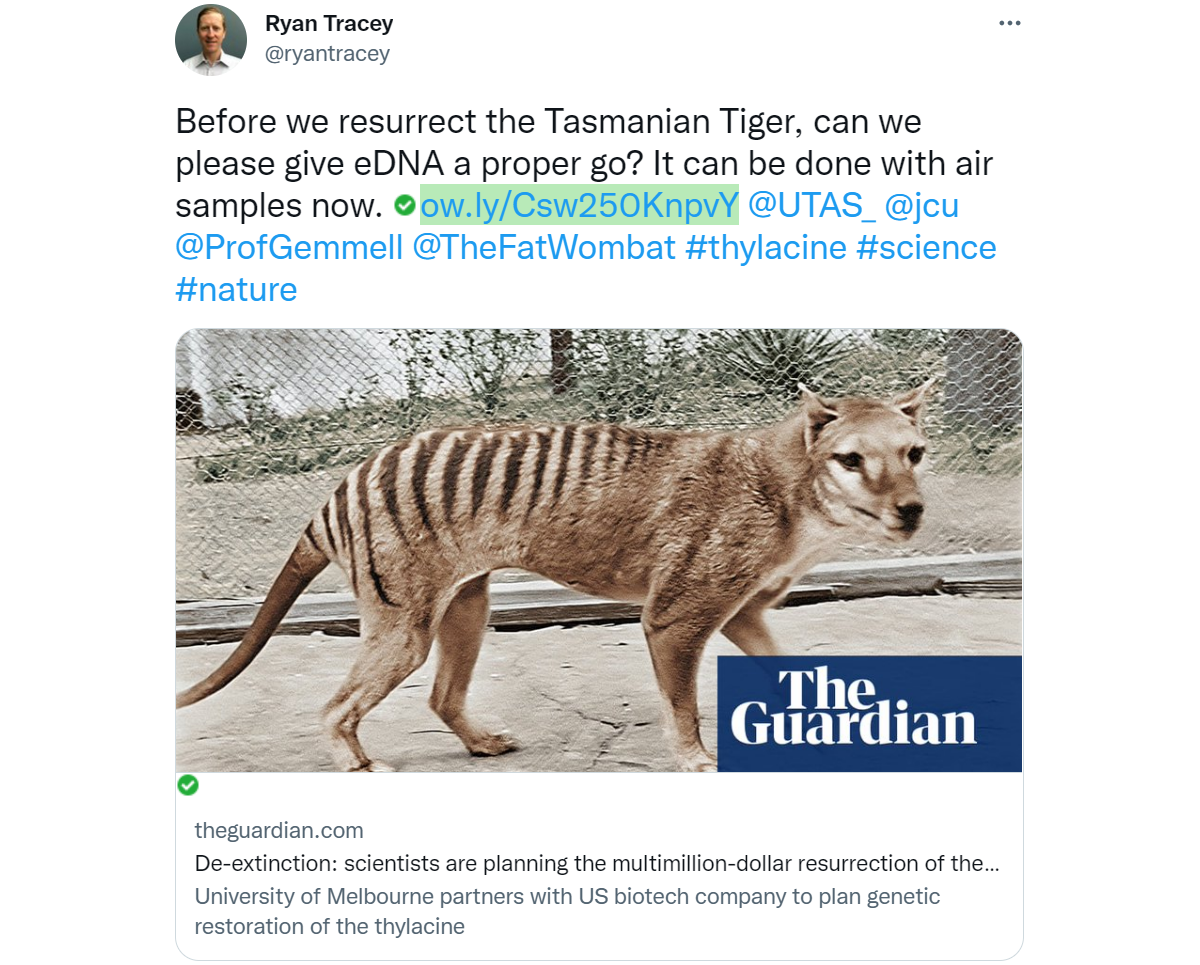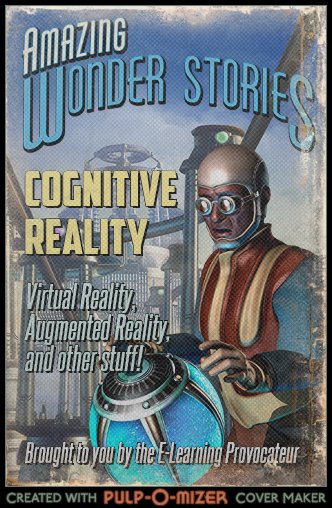It’s about that time again when I look back on my blogging year and choose a theme that connects the breadth of topics that I managed to cover.
This time I’ve borrowed “Think different” from Apple’s advertising campaign at the turn of the millennium. While the adverbial in this phrase omits the “‑ly” suffix in the American fashion, I chose it because it encapsulates the spirit of blogging – which is to add something fresh, independent, and above all, personal.
Sometimes my views are contrarian, sometimes they’re counter-contrarian. Sometimes they raise eyebrows, they’re misinterpreted, or they upset people who disagree with me.
Regardless, my objective is to share my ideas, my experiences, and my insights. That’s why I don’t use AI to write my posts. I’m not against anyone using it as a tool for writing; it’s just that my posts, on this blog, come from the heart.
Steve Jobs said it best: “Here’s to the crazy ones. The misfits. The rebels. The troublemakers. The round pegs in the square holes. The ones who see things differently. They’re not fond of rules. And they have no respect for the status quo. You can quote them, disagree with them, glorify or vilify them. About the only thing you can’t do is ignore them. Because they change things. They push the human race forward. And while some may see them as the crazy ones, we see genius. Because the people who are crazy enough to think they can change the world, are the ones who do.”
While I consider myself neither crazy nor genius, I do hope that somewhere, somehow, I can change the world, one bite at a time…

- In Everything, everywhere, all at once I recognise the difference between the prioritisation of capabilities and their importance.
- In Not a cat I define what skills-based learning is by defining what it’s not.
- In Ice cold I ask a question that gets our attendees talking and their heads in the game.
- In Rubber bands and chewing gum I celebrate the hackers.
- In The point of preference I temper the discourse about learning styles.
- In A slight misnomer I propose an adjustment to the job title “Learning Experience Designer”.
- In The definition of insanity I revise my solution to fixing our senseless compliance training.
- In Reality bites I urge caution when using research to inform decisions.
- In See no evil I entreat users of artificial intelligence to maintain a critical mindset.
❤
I hope you get a chance to rest and recharge, and I look forward to reconnecting with you in the new year!






